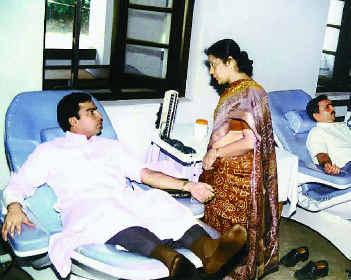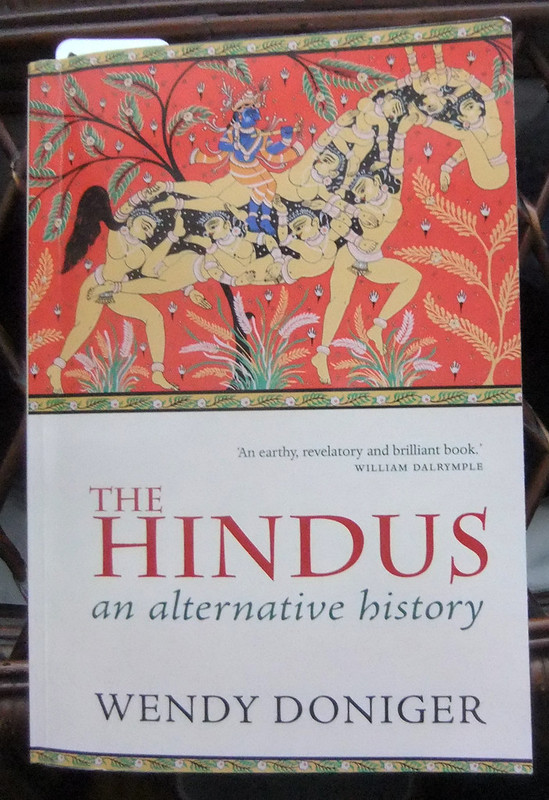By Ashok R. Chandran
The New Indian Express (Thiruvananthapuram)
TIME FOR KERALA Government to rethink its LTTE-model reform strategy. That’s the lesson from Kovalam.
When progressive-minded administrators with long-standing experience and fair degree of integrity turn reform advisors overnight, they are prone to fall into the syndrome of ‘I have seen it all, I know what to do.’ In a hurry to ‘set things right’, they justify their actions not on any nuanced understanding of reform process, but on their nurtured perceptions (and prejudices) of regional realities. Appallingly, in Kerala, it has taken the shape of a reform strategy which has no parallel elsewhere. Kerala’s style of pushing reform is what one may call the LTTE-model.
Since May 2001, the reform group in Kerala has been pursuing guerilla warfare. Its tactics have included taking shelter behind the cloak of ministerial responsibility, diving for cover behind Official Secrets Act, and dropping surprise bombshell announcements like shutting down schools. Like terrorist leaders, reformers are driven by the fanatical belief that they alone know what is best for their people. And with the glorious victory of blasting away striking employees to smithereens, this hard-nosed, top-down, authoritative style of reform has gathered inner strength. Worse, it is being portrayed as ‘the right way’ to bring about change in Kerala.
Even while cursorily committing to participation and transparency, Kerala’s reformers, in practice, have been dismissive of such ideas.
Clearly, even while cursorily committing to participation and transparency, Kerala’s reformers, in practice, have been dismissive of such ideas. They prefer to view these as buzzwords to pepper reports for donors. Unfortunately, such ‘pragmatism’ displays ignorance of the reform process. Because, more than any other governance measure, reform—driven by the logic of privatisation—can achieve its goals only if significant sections of the society imbibe its spirit and logic.
Fundamentally, in Kerala, privatisation-based solutions can succeed only when people develop entrepreneurial orientation, publicly acknowledge the relevance/logic of incentive structures, and shun age-old anti-profit posturing glamourised by Malayali Marxists. While reform ideas may flow from consultants and the elite, reform implementation has to be bottom-up. If reforms must succeed, there must be popular participation as well as mutual faith between Government and citizens. It must be recognised that the media play a crucial role in this process.
Superbrains of the Secretariat may succeed in framing laws and policies that attract investors. But investors will not stay here long unless the people employed in these new ventures come to work with a new attitude and a reformed mind. Here again, the mass media have a critical role to play. Hence, it is frightening to see experienced administrators adopting tactics that reek of suspicion and disdain for journalists and the masses.
At Kovalam, by openly displaying lack of faith in the media, Kerala’s senior bureaucrats have adopted a stance akin to the one adopted by Prabhakaran recently in Jaffna. Obviously, it is a co-incidence. But the signals are dangerously similar. Why are Kerala’s reformers refusing to learn from reform experiences in Andhra under Naidu, Karnataka under Krishna, MP under Digvijay and other parts of the world? Why are senior administrators who realise the value of popular participation remaining silent? Why are Kerala’s reformers displaying an abject disregard for professionalism and dragging their feet on transparency? Even as you ask Malayalees to change their mindset, what prevents you from opening your mind? Physician, heal thyself.
Extra
Background: At the Strategic Workshop held at Kovalam (beach village near the state capital) in April 2002, invited mediapersons were prevented from attending the proceedings.
Credits: Photo by Andre Hunter on Unsplash




